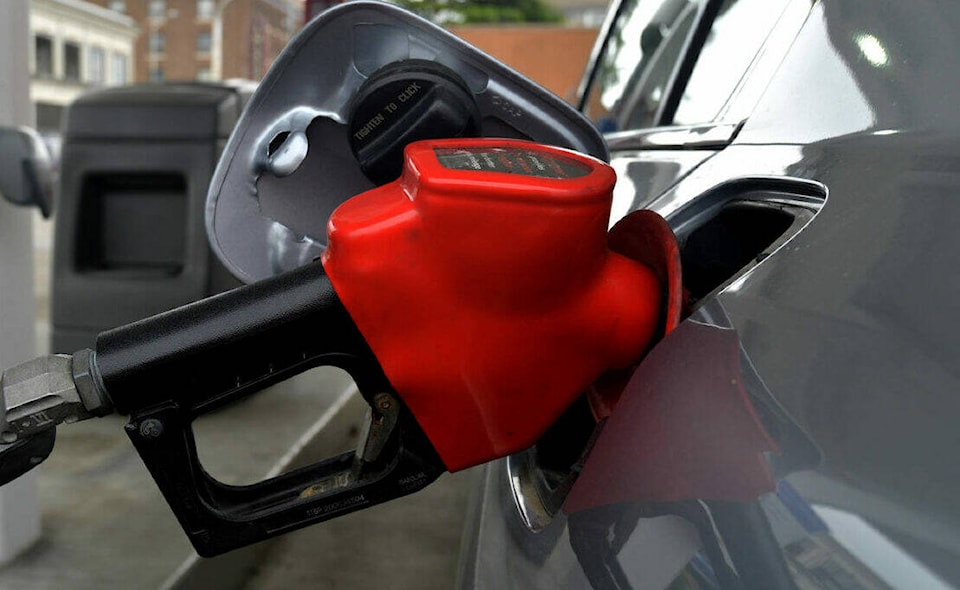Inflation in Yellowknife rose by 1.8 per cent in September compared to one year ago, marking the lowest year-over-year change in the NWT capital since June 2021, according to the latest data reported by Statistics Canada on Oct. 17.
By comparison, annual prices increased by 3.8 per cent nationally, 1.2 per cent for Iqaluit, 3.8 per cent for Whitehorse, and 3.5 per cent for Edmonton.
Once again, higher food prices put the greatest pressure on the All-Items Consumer Price Index. Food prices jumped by 9.5 per cent as a whole since September 2022. Dairy and eggs rose 14.6 per cent while food from restaurants increased by 6.2 per cent.
Offsetting those increases were decreases in household operations and furnishings, which fell by 10.3 per cent, and public transportation, including air travel, which was down by 14.1 per cent. Gasoline prices dropped more modestly, by 3.9 per cent.
Yellowknife experienced the lowest September 2023 inflation compared to all Canadian provinces, with Manitoba at 2.6 per cent.
